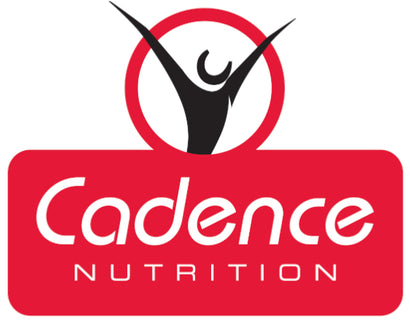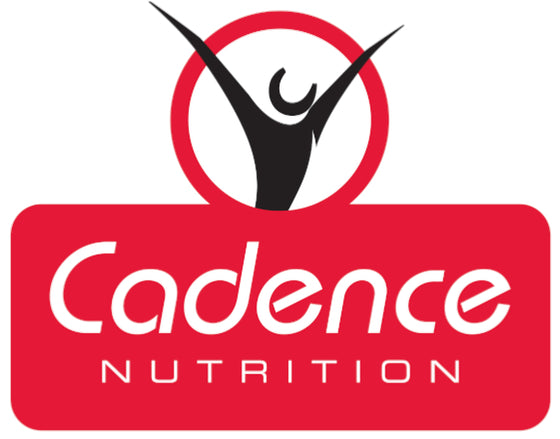Carbohydrates
Most athletes are under the mistaken impression that they should drink during exercise to avoid dehydration. However, humans are well adapted to withstand dehydration and the evidence for an impairment of exercise performance as a result of dehydration is not convincing. The primary requirement of an energy drink is to provide energy in the form of carbohydrates.
At the start of exercise, the body contains a limited store of carbohydrate energy. The liver contains approximately 100g of glycogen and muscle stores of glycogen add approximately 500g depending on body size and training status. During moderate and high intensity exercise, carbohydrates provide the majority of energy to working muscle. As exercise intensity increases above the lactate turnpoint, carbohydrates use increases exponentially.
Without additional carbohydrate supplementation, the available energy stored would last for only 60-90min during high intensity exercise.
Consuming carbohydrates in the form of a drink, gel or energy bar provides extra carbohydrate, delaying the depletion of liver and muscle glycogen stores and preventing the onset of fatigue.
The key factor in designing an energy supplement is therefore providing the most rapidly digestable and absorbable form of carbohydrate energy.
Getting the right mix is quite a complex exercise. The first factor is the rate at which the stomach delivers any ingested substance to the small intestine for absorption. At low carbohydrate concentrations (3g/100ml or 3%) gastric emptying and fluid absorption are the greatest but as the carbohydrate content increases, the gastric emptying rate gets progressively lower. Although the emptying rate is slower with higher carbohydrate concentrations, the increased carbohydrate concentration will deliver more carbohydrate to the small intestine. This reaches a peak at about 8-10% solutions (8-10g of carbohydrate per 100ml), which is the concentration of most commercial drinks and why our drink formulations should be mixed according to the recommended number of servings per 500ml of water.
Fluid absorption and gastric emptying peak at approximately 500ml of fluid per hour. Any more than that and the remainder will most probably simply pool in the gut, weighing you down and making you nauseous..
Things get even more complicated when we start to examine the different types of carbohydrates in the various commercial drinks and energy gels. Working muscles can only utilise glucose as a fuel. However, solutions that contain only glucose are both very sweet tasting and too thick (each glucose molecule increases the osmolality). This slows gastric emptying and makes them unpalatable in very hot and dry conditions. Solutions which contain maltodextrin (nearly tasteless chains of glucose molecules) are therefore easier to drink and get absorbed more rapidly.
More recently, research has focused on fructose.
Fructose is absorbed from the gastro-intestinal tract by a separate transporter molecule to the other carbohydrates such as glucose and galactose. Ingestion of a mix of glucose and fructose can therefore increase the rate of carbohydrate absorption in comparison to drinking sugars containing only glucose or a mix of other sugars. An energy drink that contains 2/3 maltodextrose and 1/3 fructose at a concentration of 8% will result in the greatest delivery of carbohydrate to working muscle. This improves exercise performance, delays fatigue and reduces GIT distress.

